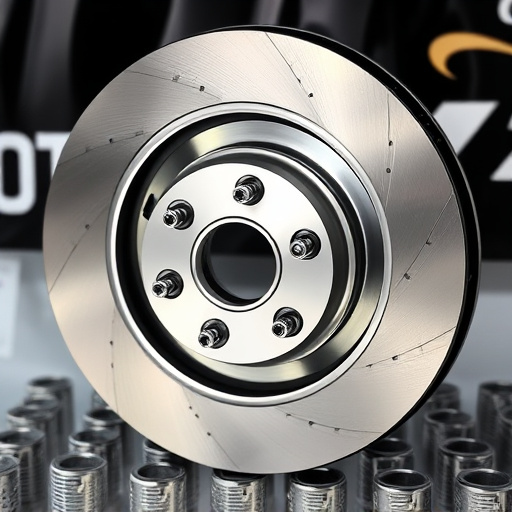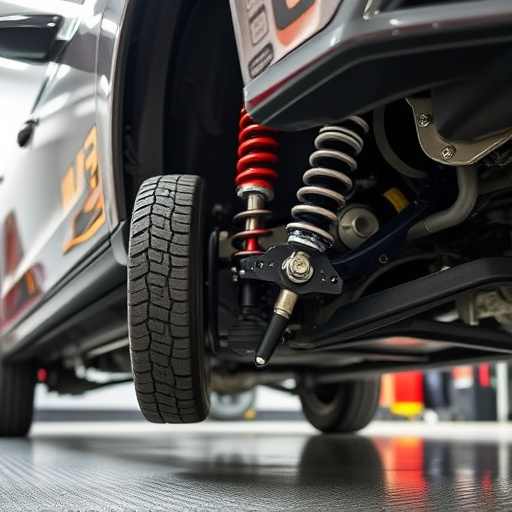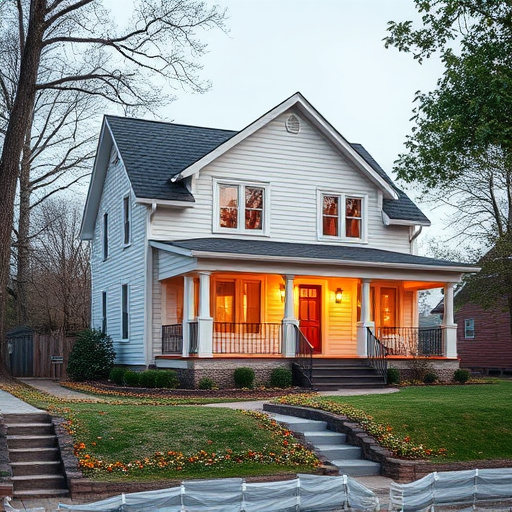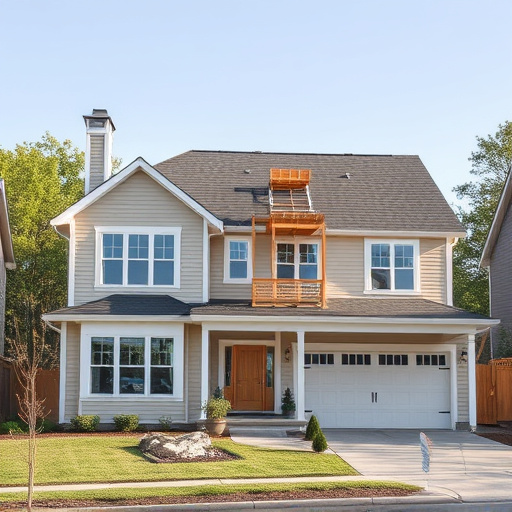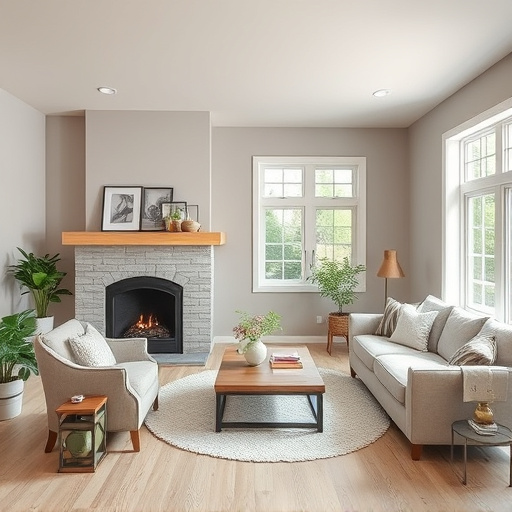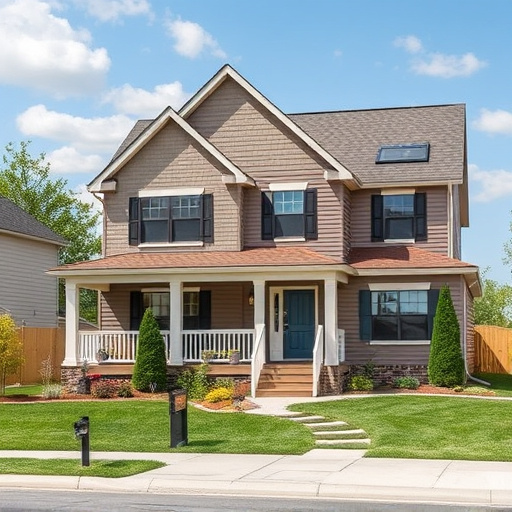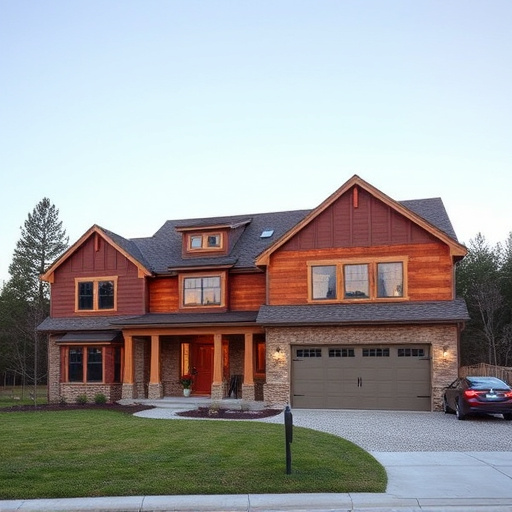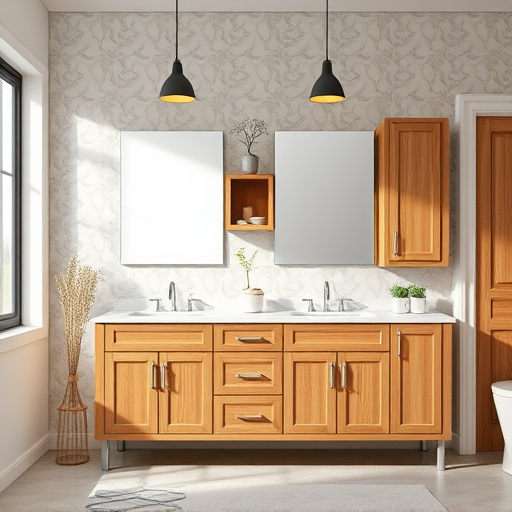Evaluating current and future needs is vital for bathroom design planning. Consider safety features, flexible layouts, accessibility, ergonomics, and aesthetic balance to create a functional, comfortable, and inclusive space suitable for long-term living adjustments, with guidance from home specialists for optimal bathroom design.
Planning a bathroom design that caters to long-term living needs is an essential task. As we age or face changing life circumstances, our requirements evolve, making it crucial to consider future accessibility and functionality. This article guides you through the process of evaluating current and future needs, ensuring your bathroom is tailored to your lifestyle. We’ll explore key aspects like spacing, accessibility, ergonomics, and the perfect balance between functionality and aesthetics in bathroom design.
- Evaluating Current and Future Needs
- Spacing, Accessibility, and Ergonomics
- Choosing Functionality and Aesthetics Balance
Evaluating Current and Future Needs
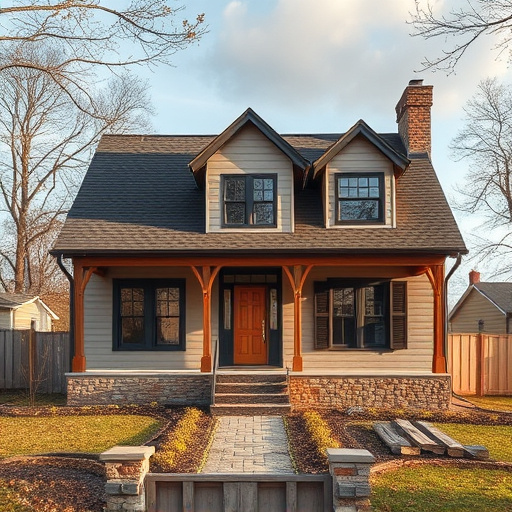
When planning a bathroom design for long-term living needs, evaluating both current and future requirements is paramount. This process involves understanding your daily routines and considering potential changes that may occur over time. As we age or our family dynamics shift, our bathroom needs can evolve significantly. For instance, adding grab bars in a senior citizen’s bathroom enhances safety and accessibility, ensuring they can navigate their space independently for years to come. Similarly, designing a flexible layout allows for future adaptations, such as installing a walk-in shower instead of a tub to accommodate mobility aids or changing preferences.
Evaluating current and future needs also involves assessing the overall functionality and aesthetics of your bathroom design. Home improvement services can offer valuable insights during this phase, suggesting modifications that cater to specific lifestyle requirements. Whether it’s for a home renovation project or kitchen renovations, professionals can guide you in making informed decisions that transform your bathroom into a space that not only meets current needs but also anticipates future living situations, ensuring comfort and accessibility throughout the years.
Spacing, Accessibility, and Ergonomics
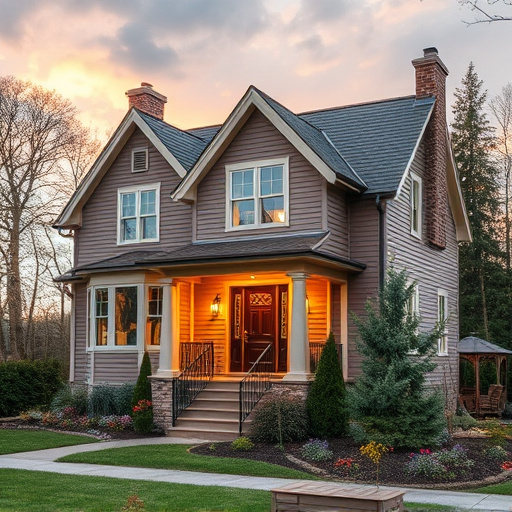
In planning bathroom design for long-term living needs, careful consideration is essential when it comes to spacing, accessibility, and ergonomics. This includes ensuring adequate clearances for wheelchairs or mobility aids, as well as incorporating features that cater to users of varying heights and abilities. For instance, a bathroom designed with a wide, smooth entry and ample turning space accommodates those who use canes or walkers, while lower counters and seats provide comfort and safety for elderly users.
Customized home renovations should include thoughtful design elements that enhance accessibility without compromising aesthetics. A well-designed bathroom remodel may incorporate slip-resistant flooring to prevent falls, adjustable fixtures for easy access, and ample storage solutions that are within reach for all users. These considerations not only ensure practicality but also contribute to a more inclusive and comfortable living space, whether it’s for a kitchen and bath renovation or any other part of the home.
Choosing Functionality and Aesthetics Balance
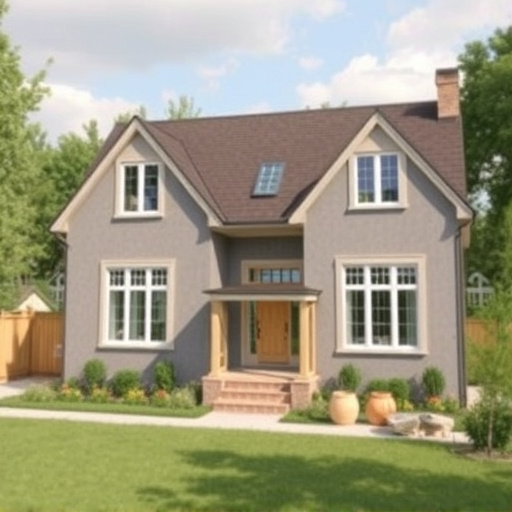
When planning a bathroom design for long-term living needs, achieving a balance between functionality and aesthetics is paramount. It’s essential to consider not only current requirements but also future mobility needs and accessibility challenges that may arise. Think beyond just the fixtures and tiles; incorporate features like grab bars, walk-in showers, and adjustable height fixtures to create a space that can adapt as your needs change over time. A well-designed bathroom should seamlessly blend form and function, offering both visual appeal and ease of use.
This balance is achieved through thoughtful consideration of every element, from storage solutions that keep the space organized and clutter-free to lighting designs that provide ample illumination without harsh overhead lights. Integrating stylish accents and a color palette that reflects your personal taste can enhance the overall ambiance while ensuring a practical layout that supports independent living for years to come. Remember, a beautiful and functional bathroom is not just a home improvement; it’s an investment in your quality of life. Home addition or transformation experts can offer valuable insights into creating a bathroom design tailored to your unique needs and preferences.
When planning a bathroom design for long-term living needs, it’s essential to balance functionality with aesthetics. By evaluating current and future requirements, considering spacing, accessibility, and ergonomics, you create a space that not only meets but exceeds your needs over time. Remember, the ideal bathroom design enhances comfort and independence, ensuring it remains a vibrant part of your daily routine. This approach ensures your bathroom serves as both a sanctuary and a practical hub for years to come, fostering a sense of well-being and ease.


